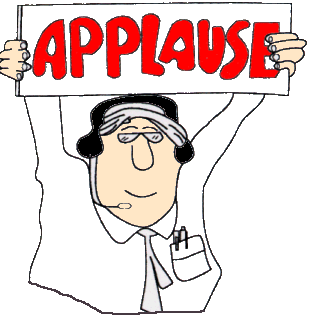When first I browsed through the Chabanel Psalm Project, I typically afforded it only the critic’s eye and ear. If I randomly listened to a setting by Arlene Oost-Zinner, Brian Michael Page or Jeffrey Ostrowski, that critic inside me simply measured value by wondering “Where are the hooks, or the melodic or harmonic nuances, or an over-all “style” that sets them apart from the standard?” The standard? Well, in most cases that would mean OCP’s “Respond and Acclaim” or WLP’s equivalent- the functional, durable vehicle that simply gets one from here to there. So, responsorials, to a veteran critic, are like a mid-size sedan. A Honda Accord, Toyota Camry, Nissan Altima, Chevy Malibu, Hyundai Sonata- they’ll all get you to and fro reliably.
Over the course of a few years, having read and listened to the wisdom and passionate discussion of our mentors such as William Mahrt about responsorial psalms and graduals, having heard absolutely majestic interpretations of psalm versicles by Mary Ann Carr Wilson, Ostrowski, and newly minted teen age soloisti scholas at colloquia, et cetera, I’ve come to realize “reliable” does not serve either the Word or the Faithful the full measure of beauty and justice both deserve within our liturgies. Though I would never deride the venerable Owen Alstott for providing a serviceable body of psalm settings in R&A, settings such as “This is the day the Lord has made…” or “Lord, send out your Spirit, and renew….” seem clearly to be too convenient, especially after decades of use. Make no mistake, many people, both lay and cleric, adhere to this ethos of convenience strongly and with good-hearted intent. But, with the significant turning point of a revised Roman Missal soon to be upon us in the U.S. (it is upon the Kiwi’s this very day, as Adam Bartlett celebrates) it is time to consider whether convenience should be the sole determinant when choosing psalm settings?
I’m going to dispose of one consideration up front: should a responsorial function equally well accompanied or a capella? Well, yes, obviously. But though either of the Alstott examples above can “succeed” without accompaniment, I wonder if their value is diminished by maintaining a strict rhythmic performance? I think yes, that was a built-in factor and intent. Were I to have the occasion to lead a capella Alstott settings, I’d likely enchant the melodies away from their noted value for declamation’s sake alone. In addition, there remains a mandate that calls musicians towards “chant” in the first place. So, do you “chantify” a song-like setting, or opt for a setting whose intent was centered within the chant ideal from the incept?
Let’s take a look and listen to Jeffrey Ostrowski’s setting of Psalm 24 for the Fourth Sunday of Advent, the promotion selection accompanying the debut of the printed volume Psalter: “Let the Lord enter; He is the King of Glory.”
There ought not be any contention over whether the melody, either in neumes or notes, is inspired by the principles of chant. This melody, to my eyes and ears, compliments the text in subtle and graceful movement- “Let the Lord enter…” rises as if the command were accompanied by the motion of a hand extended in invitation, with the slightest of repose at the “enter” with the upper neighbor tone on the first syllable descending a minor third. And even though whether one would argue that the melody (with accompaniment) employs a tonal center or not (I think not,) the F# mid-cadence does seem to function in a 7-1 manner that leads to and moves directly into the antecedent phrase “He is the King of Glory.” And the same note, F#, functioning as the third of the cadential D Major chord, is approached from below and is no longer transitory but stable.
Harmonically, Jeff Ostrowski uses self-described walking bass lines in the response, which isn’t uncommon in metrical settings, but he sketches the pedal lines in such a way as to keep the voice and ear anchored away from strict meter. And I love how he establishes cadential stability with a chord in first inversion in the accompaniment. No wonder Barber shoppers call that ending chord “the sweet chord.” He also doesn’t venture too far into choral ambiguity. He uses minor and major seventh chords with discretion, and as an integral coloration within the melodic and bass note foundations.
I also love how his verse settings allow the Psalmist to apply as much “bel canto” to the text as might be desired.
So, I’m going to invest much more personal interest in folding the Chabanel settings into our parish Masses here in Central California. We’ll use them in two specific Masses, the Vigil where Wendy and I cantor and accompany ourselves and the Sunday morning schola Mass, and we’ll hopefully enable those two congregations to experience more chanted opportunities other than portions of the ordinaries, and specific propers, sequences and hymns.




